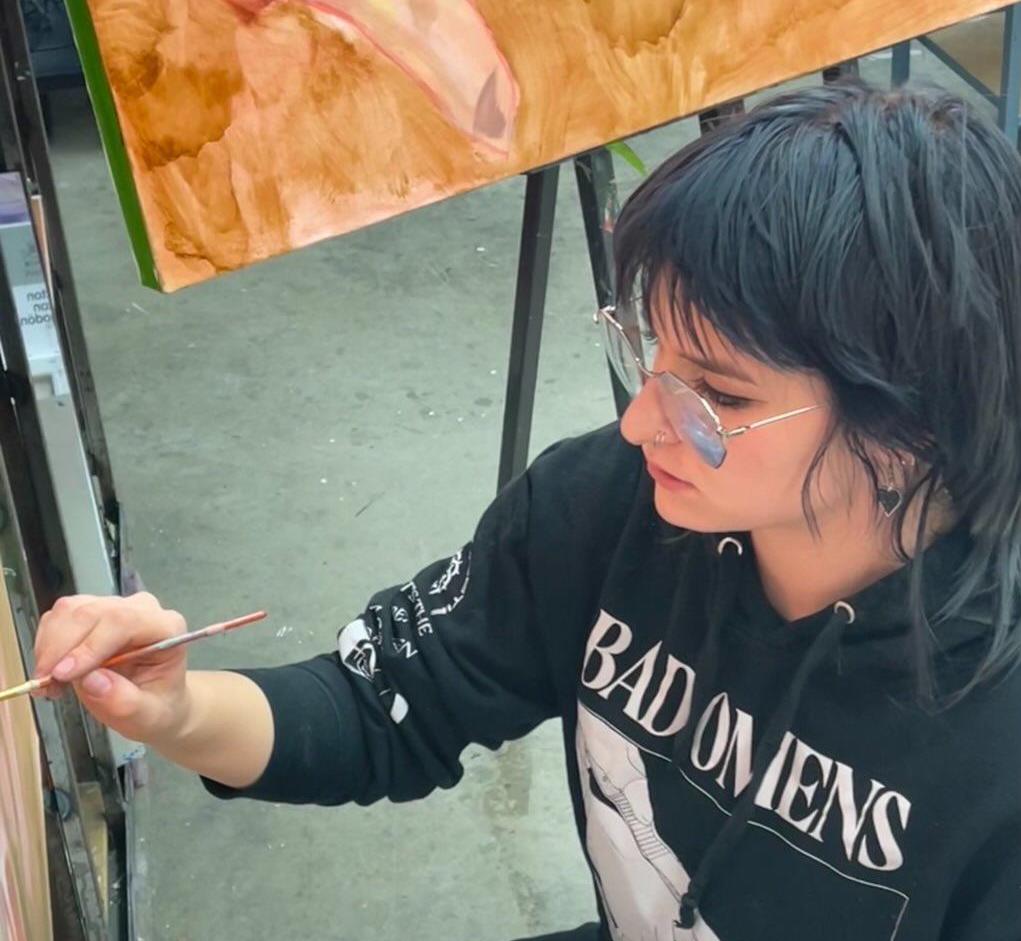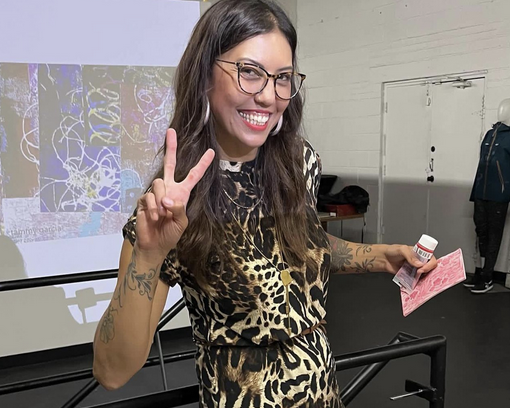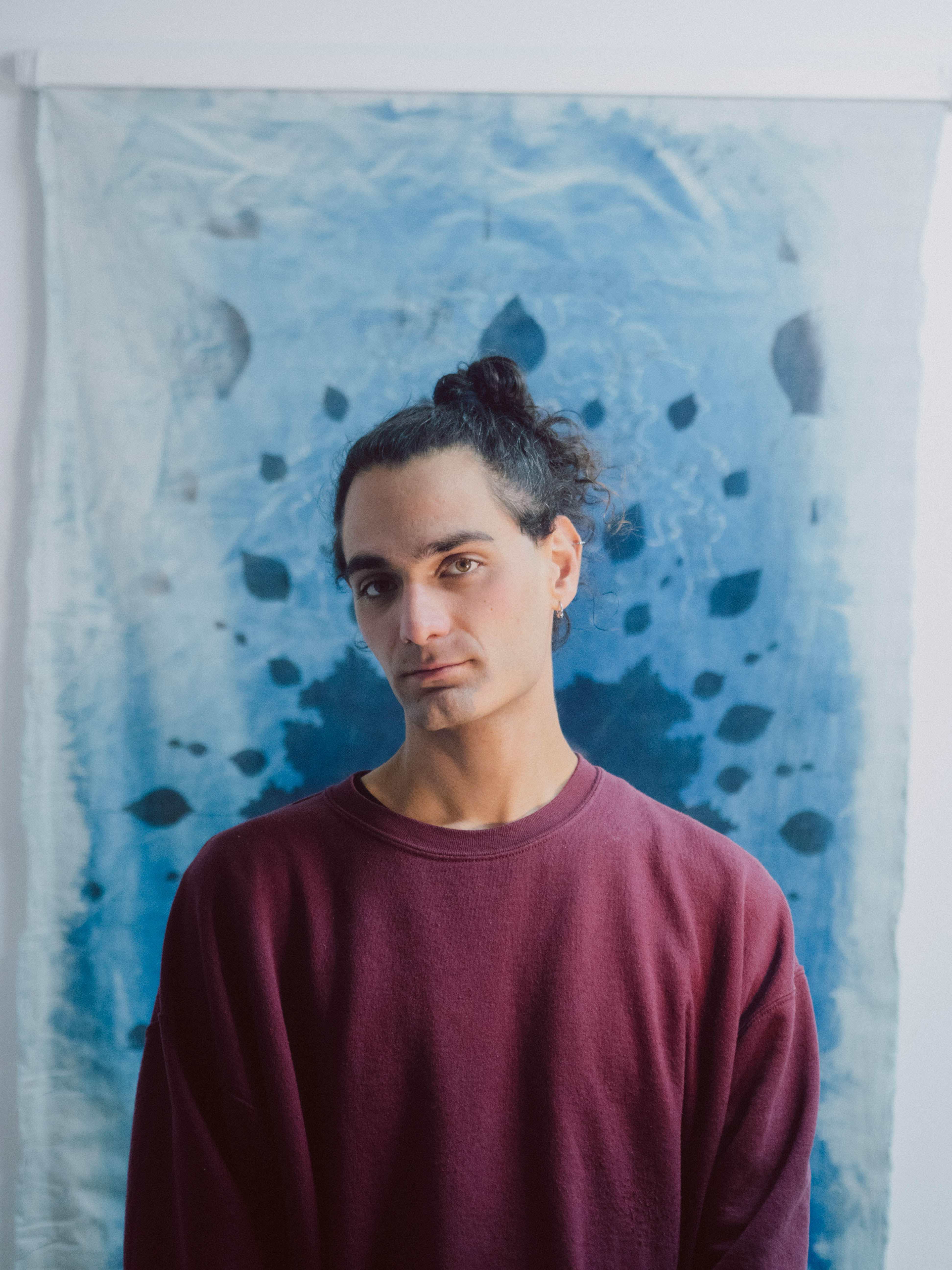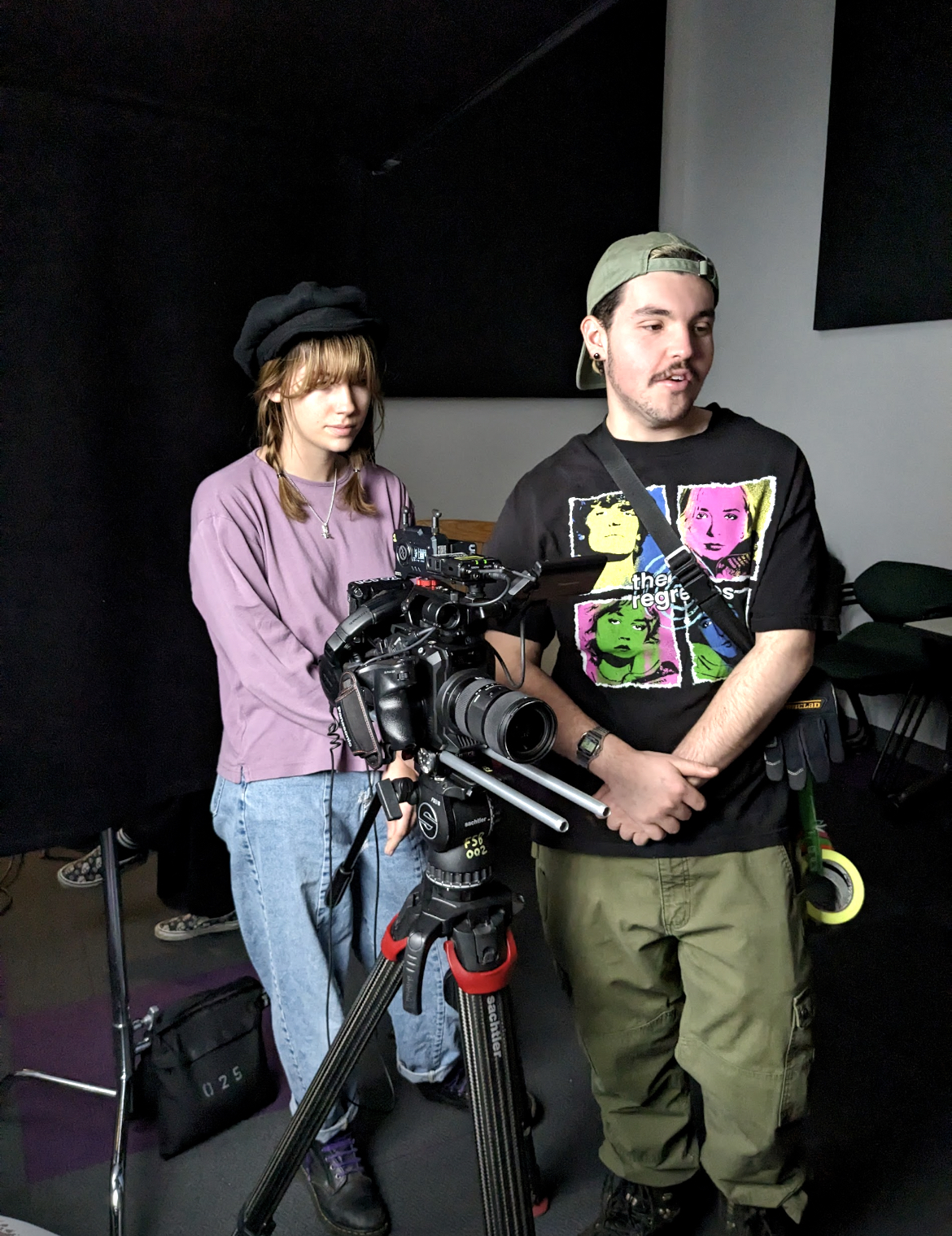Professor Rian Kerrane Creates Mezuzah for Rededication of Golda Meir House Museum
Rian Kerrane, Visual Arts and sculpture professor, was tasked with creating a mezuzah, a vessel traditionally affixed to the doorway of Jewish households, for the Golda Meir House Museum.
Megan Briggs Pintel | College of Arts & Media Jan 11, 2022
On January 10, 2022, civic leaders from Denver gathered on the Auraria Campus to rededicate the Golda Meir House Museum. CU Denver Professor Rian Kerrane created a mezuzah which was affixed to the doorway of the late Israeli prime minister's Denver house during the rededication ceremony.
Typically adorning the doorframes of Jewish households, mezuzahs contain a very small scroll of parchment on which specific portions of the Torah have been painstakingly written. The mezuzah that originally adorned Meir's house was significant in helping identify the house as being associated with Meir and her family, thus solidifying the case that it was worth saving from demolition. Kerrane is a professor in the Visual Arts department of the College of Arts & Media, specializing in sculpture. Fashioning the new mezuzah out of cast bronze and steel, Kerrane calls the piece Fluid Units and identifies with Meir's immigrant background. Kerrane, originally from Ireland, writes that the "vantage point of not belonging to her home nor to her adopted land" fuels her visual language, which "manifests in sculpture, installation, performance, and print." The design of the mezuzah is that of a vessel one might use for science experiments.

The Legacy of Golda Meir
Golda Meir was Israel’s fourth prime minister and the first woman elected to the position. Meir played a pivotal role in the formation of Israel as a modern nation state and held the office of Prime Minister from 1969 to 1974, during which time she saw the country through the Yom Kippur war and the terrorist attacks of the Munich Olympics which claimed the lives of five Israeli athletes and six coaches. But before Golda moved to Palestine to work on the formation of modern Israel, and before she shot to political significance on the world stage, she lived in Denver’s west side in a duplex with her sister, brother-in-law, and her young niece. It was in this small house that Meir started to develop her political philosophy and eventually decided to emigrate to Israel.
Thanks to the efforts of community leaders such as Jean May, Congresswoman Pat Schroeder, Senator Dennis Gallagher, and Bill and Beth Sagstetter, Meir’s Denver home was identified and moved just before it was slated to be destroyed. The house was relocated to the Auraria campus in 1988 and designated a Denver landmark in 1995. It has since been restored thanks to private contributions and a grant from the Colorado Historical Fund. Today, the side of the duplex where Meir lived serves as a museum, while the other side serves as a conference room for the Auraria campus.

On Monday, leaders of the three Auraria campus schools (University of Colorado Denver, Community College of Denver, and Metropolitan State University) were in attendance, along with notable politicians such as Governor Jared Polis, Attorney General Phil Weiser, Senator Dennis Gallagher, and former Denver mayor Wellington Webb and his wife, Representative Wilma Webb. The ceremony gave honorees who had played a role in saving the house a chance to address the crowd in attendance.
Artist Statement, by Rian Kerrane
Vessels like suitcases, submarines, boats, and science flasks are familiar imagery for artist Rian Kerrane. An immigrant from Ireland, she uses vantage point of not belonging to her home nor to her adopted land as fuel for her visual language, which manifests in sculpture, installation, performance, and print. Her approach to the creative process is akin to archeological and anthropological study. Her attraction to the physicality and the histories of material and found elements leads to the representation of intimacy and familiar imagery as iconic and as relevant to our understanding and comprehension of place, person, and social constructs. For her, the artist studio is a pseudo-science laboratory in which she melds traditional metal casting with the symbolism of found objects in the fabrication of sculptural works, creating vignettes and narratives. Poetic, recognizable visual clues draw the viewer into these individual moments of reckoning.




